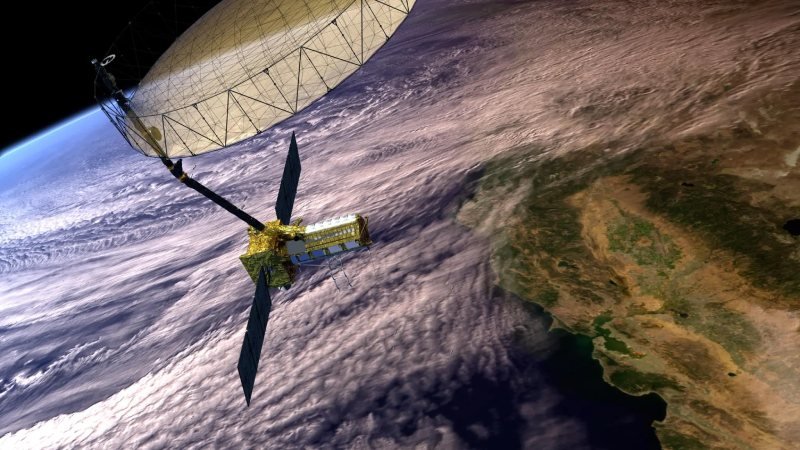Super-strong neutron stars known as magnetars have magnetic fields that are stronger than Earth’s. As their magnetic fields weaken, high-energy radiation is released. One such magnetar is SGR J1830-0645, a young, single neutron star that was found in 2020. Utilizing AstroSat, researchers from the University of Delhi and the Raman Research Institute examined it at X-ray energies, examining its timing and spectrum using tools like SXT and LAXPC.
Bright sub-second X-ray bursts have been detected from this magnetar by AstroSat, India’s first multi-wavelength space-based observatory. It found 67 brief X-ray bursts that lasted less than a second, on average 33 milliseconds. This finding may help to clarify the fascinatingly extreme astrophysical conditions linked to magnetars.
“Of these bursts, the brightest one lasted for about 90 milliseconds,” stated Dr. Rahul Sharma, the primary author of the article and a post-doctoral associate at RRI, an independent institute supported by the Department of Science and Technology.
Researchers concluded that SGR J1830–0645 is a distinct magnetar exhibiting emission lines in its spectrum.
There are doubts regarding the origin of the emission lines in the observed data. It might have been caused by an experimental effect, the fluorescence of iron, or possibly a proton cyclotron line characteristic. It will need further research to pinpoint the exact cause.
According to Dr. Sharma, SGR J1830-0645’s energy dependency is different from various other magnetars’ observations. In this instance, the neutron star’s surface provided the source of two thermal blackbody emission components (radii of 2.45 and 0.65 km). Thus, this discovery advances our knowledge of magnetars and the harsh astrophysical environments they inhabit.
Professor Chetana Jain, a co-author from Hansraj College, University of Delhi, stated, “We observed that the overall X-ray emission’s pulsed component showed significant variation with energy.” After reaching an energy of roughly 5 kilo electron volts (keV), it began to sharply decline. This pattern diverges from those found in a number of other magnetars.
Topics #AstroSat #Earth #galaxy #Magnetic Field #Neutron #Neutron Star #news #solar system #space #Star #Universe











